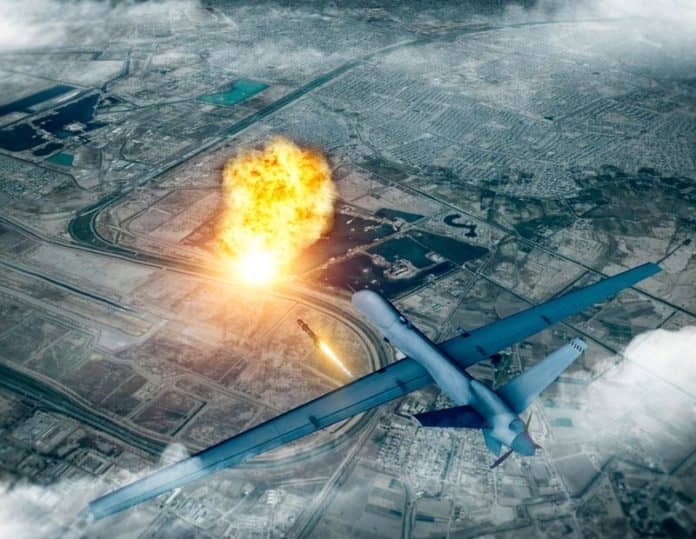
The Pentagon has often said they do everything possible to minimize civilian fatalities while using drones, yet issues occur.
"The promise was a war waged by all-seeing drones and precision bombs. The documents show flawed intelligence, faulty targeting, years of civilian deaths — and scant accountability."https://t.co/3ihIGdyzCP
— Common Defense (@commondefense) January 1, 2022
On August 29, the US military mistargeted a humanitarian worker in Afghanistan, killing him and nine others, including seven children.
During the period of the drone attack, the US was evacuating Afghanistan after a 20-year war. Just days earlier, an ISIS-K terrorist blew an explosive, murdering 13 US military personnel and almost 200 civilians.
No Disciplinary Action
Homeland Security and International Affairs specialist Jason Killmeyer told reporters he wasn’t shocked that no one was penalized for the misdirected strike since bureaucrats aren’t very responsible.
Secret Drone Strike Archives: Pentagon Hid THOUSANDS of Civilian Deaths. https://t.co/qCXANfnJaa via @YouTube
— Philander Wicks (@philanderwicks) January 2, 2022
Killemeyer also disputes the military’s efforts to prevent innocent fatalities.
He was asked if it is fair to claim they try their utmost to avoid civilian casualties. No, he doesn’t believe they push the armed services to do so, he told the Washington Examiner via phone.
As a result, he thinks the DOD refers to the actions they have taken. Also, he believes the American people, via the political branches, should demand more from the DOD than they ask for.
The US finished its almost two-decade conflict in Afghanistan in August. As the Taliban destroyed the Ghani administration, US forces evacuated nearly 100,000 Afghan troops, Americans, and third-country citizens. Many were left behind.
The Schemes of the Insurgent Groups
Retired Green Beret Rep. Michael Waltz told reporters he saw rebels utilizing locals to gain an edge over US forces.
Human shields are frequently used by insurgents such as Boko Haram, ISIS, the Taliban, and al-Qaeda. American techniques are known to them. They are aware of the reluctance to incur civilian casualties.
Without physical involvement in Afghanistan, analysts say the Pentagon’s new regional policy would rely on ‘over-the-horizon’ operations.
An over-the-horizon tactic increases the likelihood of misfires.
They were and should be appalled, Killmeyer said. The less information on this field, the more plausible this is. If they hear of imminent assault plans, but have nothing more to go on, they’ll be poised to make similar errors.
Conversely, a lack of engagement raises the likelihood of a rogue strike, since people on the ground have the best knowledge, according to Matt Kroenig, a retired defense official and now Georgetown University professor.
He thinks it’s more probable they’ll make mistakes in Afghanistan, now that US soldiers aren’t there. For every hit made, they obtain what they term “multi-intelligence regulation verification.”
They have ground validation, signal intelligence confirmation, or other types of confirmation for what the drone operator sees.
Considering the high number of civilian deaths and the findings of the August 29 strike inquiry, the Pentagon is not over or afraid of changing how they evaluate intelligence and information, operate on that intelligence, identify and execute a strike.
















